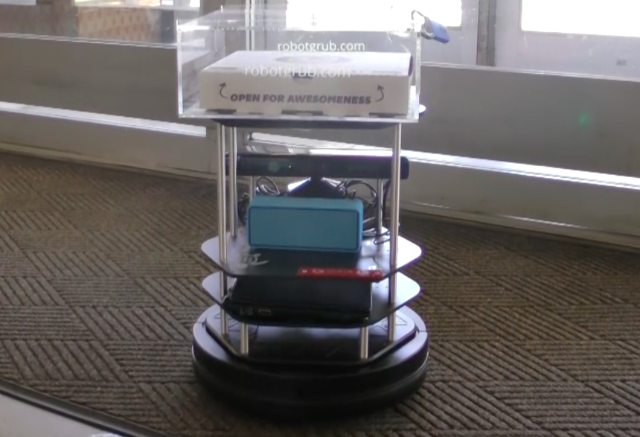Guest post by Jeff Mosenkis of Innovations for Poverty Action.
- Great links from David McKenzie on the Development Impact blog this week, including a guide to mobile phone panel survey methods in the developing world.
- If you want some beach reading this weekend, Vox’s Dylan Matthews had a feature article looking at why well-intentioned Clinton-era welfare reform failed at helping fix poverty, but became a political model for how to shrink a government program. If you’re on the go, there’s also a nice group discussion on The Weeds podcast (or iTunes, the “Welfare Reform” episode).
- Some other interesting articles, via Rachel Strohm:
- The former gang member in Colombia who asked his church followers to all convert to Orthodox Judaism.
- The Future of Quakerism Belongs to Kenya (where over a third of the world’s Quakers live).
- Paper: Ru & Schoar suggest credit card companies may be screening for behavioral biases, offering the types of cards with more backloaded and hidden fees to less educated consumers, while the types of cards marketed to more educated customers (such as those carrying airline mile rewards), have more straightforward terms (ungated version here).
- Harvard student Serena Booth found 19 percent of passers-by there let a robot into a locked building, that number went up to 76 percent when the robot was carrying a box of cookies.



9 Responses
Harvard student Serena Booth found 19 percent of passers-by there let a robot into a locked building, that number went up to 76 percent when the robot was carrying a box of cookies.
Share:
golu dolls
golu dolls
We are a registered and certified lenders,are you interested in getting any type
of loan to start up any kind of
business? Or are you financially worried?
Do you have a debt to pay off?
Then you stand a chance of getting our loan at a very low interest rate of
5% with a very suitable and flexible repayment plan… All you have to do
is to apply. Your worries will be over in 3-5 days from now.
NOTE. We gives out minimum of 50 thousand US DOLLAR.
Loan request must be stated in US DOLLAR.
Interested loan seekers are to contact Mr.Terry Mark
We will be happy to have you as our client.
Thanks for your co-operation.
Best Regards
Mr.Terry.
Nice links, Thanks a lot.
Some long reads for the weekend https://t.co/ch4xwDU9xl
‘19% .. let a robot into a locked building, that number went up to 76% when the robot was carrying a box of cookies’ https://t.co/HYrpVArr3c
It’d be interesting to see how many passers-by let in a regular human being and compare those proportions to the one with robots.
In the links, we for one, welcome our new robot cookie overlords https://t.co/ch4xwDU9xl https://t.co/XjxBrEj2NS
RT @cblatts: IPA’s weekly links https://t.co/NpJEMojf3W
In the @Cblatts links: some good weekend long reads from @RachelStrohm and a creepy robot https://t.co/ch4xwDCyFN (should have used a comma)